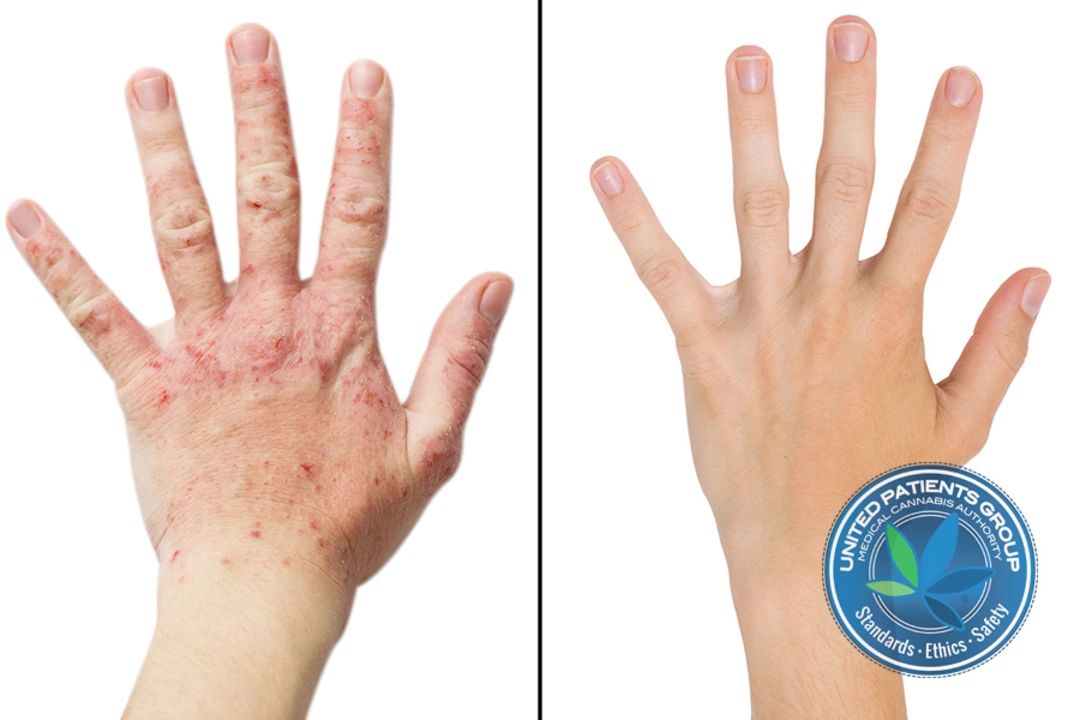Inverse Psoriasis — What It Looks Like and How to Treat It
Inverse (or intertriginous) psoriasis shows up where skin rubs together: armpits, groin, under breasts, and between toes or fingers. Instead of thick scaly patches, it usually appears as smooth, bright red or pink plaques that can sting or crack. Because it sits in folds, sweat and friction make it worse and it’s often mistaken for yeast infection or contact dermatitis.
How to tell if it’s inverse psoriasis
Look for these signs: sharply defined red patches in skin folds, a history of psoriasis elsewhere (knees, elbows, scalp), and often more irritation than flaking. If the rash responds poorly to antifungal creams or keeps coming back in the same spots, that raises the chance it’s inverse psoriasis. Your doctor may do a simple scrape (KOH) to check for fungus, or a small biopsy if the diagnosis is unclear.
Common triggers include sweating, tight clothing, obesity, and friction. Antibiotics, some medicines, and stress can also flare psoriasis. Because the skin here is thin, treatments need care to avoid side effects.
Practical treatment and care steps
Start with gentle self-care. Keep folds clean and dry: pat dry after washing, wear breathable cotton, avoid tight bands or underwire, and use thin absorbent pads if moisture builds up. Use a mild, fragrance-free cleanser and a lightweight emollient to protect skin without clogging pores.
Medications your doctor may recommend include short courses of low-potency topical steroids (like hydrocortisone 1%) to bring down inflammation. Those work fast but don’t use strong steroids long-term in folds — they can thin the skin and cause other issues. If steroids aren’t suitable, topical calcineurin inhibitors (tacrolimus or pimecrolimus) are effective and safer for delicate areas.
If yeast is also present, your clinician might add an antifungal cream. Sometimes both conditions coexist, so treatment can include an antifungal plus a mild anti-inflammatory. For stubborn or widespread cases, systemic options—like methotrexate, cyclosporine, or biologic drugs—are effective, but they need specialist care and monitoring.
Small practical tips that help a lot: avoid oil-based creams in folds (they trap moisture), skip harsh soaps and perfumed products, and change sweaty clothes quickly after exercise. Weight loss and loose clothing reduce friction and often reduce flare frequency.
See a dermatologist if the rash is painful, spreading, bleeding, or if over-the-counter treatments don’t help in 2–4 weeks. Also see a doctor if you have fever, strong smell, or pus — those can mean a secondary infection that needs antibiotics.
Living with inverse psoriasis is manageable. With the right diagnosis and a simple plan — gentle care, targeted topical treatment, and lifestyle tweaks — most people get meaningful relief and fewer flares. If things stay tough, a dermatologist can tailor safer long-term treatments for skin in folds and look into systemic options when needed.

